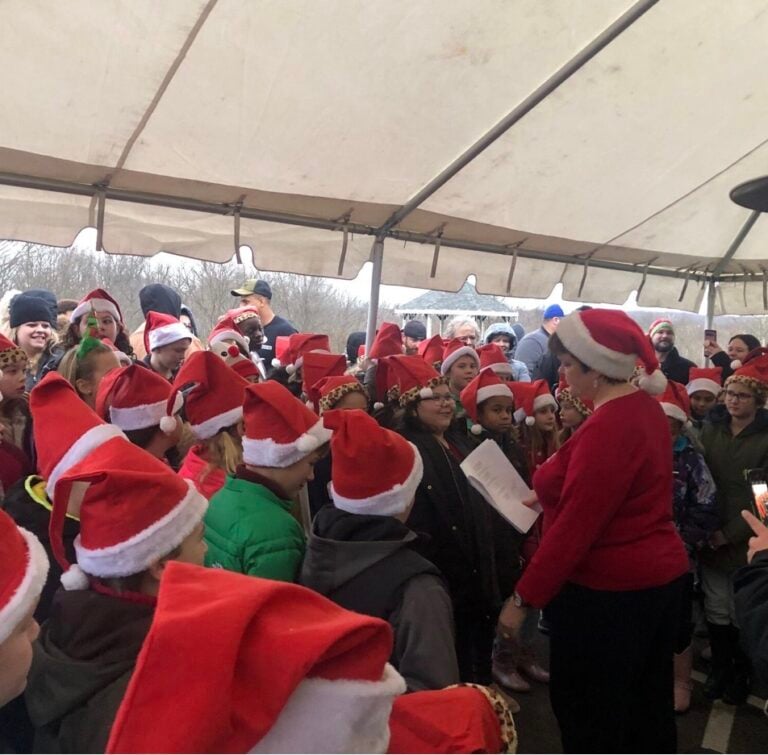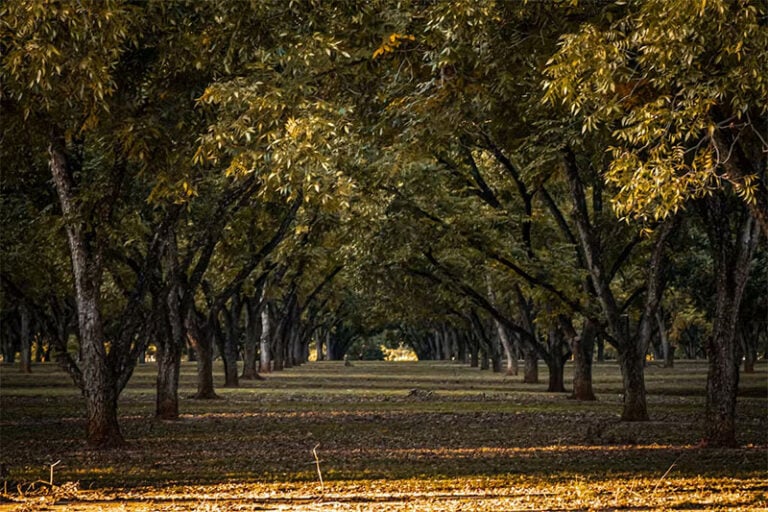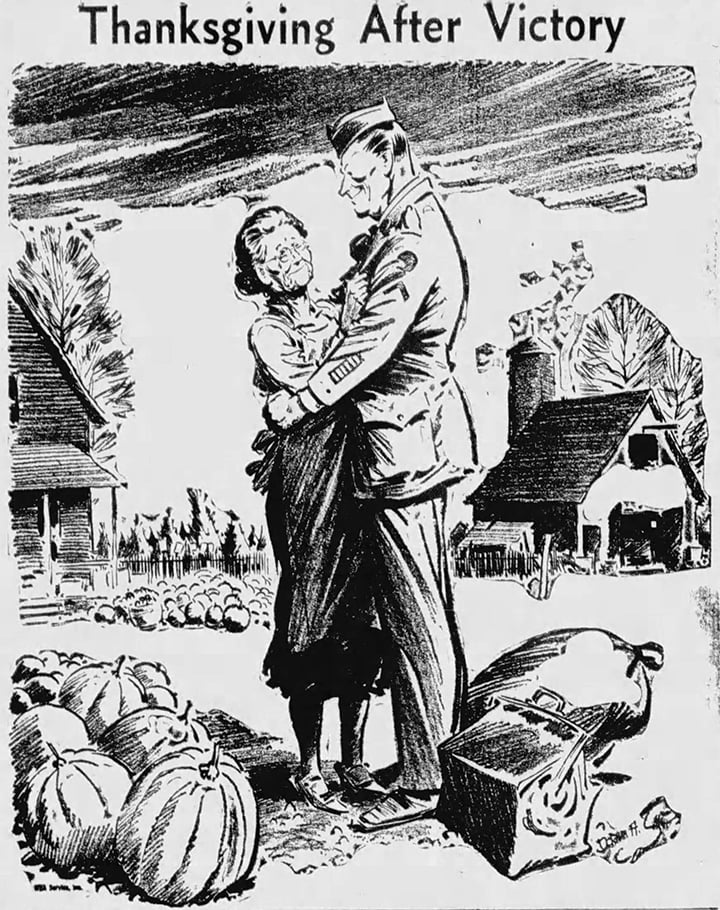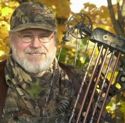Kentucky has two seasons for hunters who want to take deer with muzzleloading rifles.
This year’s dates for the late season are Dec. 12-20, 2015. Hunters in most of the state may take deer of either sex during the entire nine days of the season. The focus of the late season has always been on harvesting antlerless deer (does).
Doe harvest helps control herd growth, balances the sex ratio between bucks and does, and helps maintain good body condition and antler development in the herd.
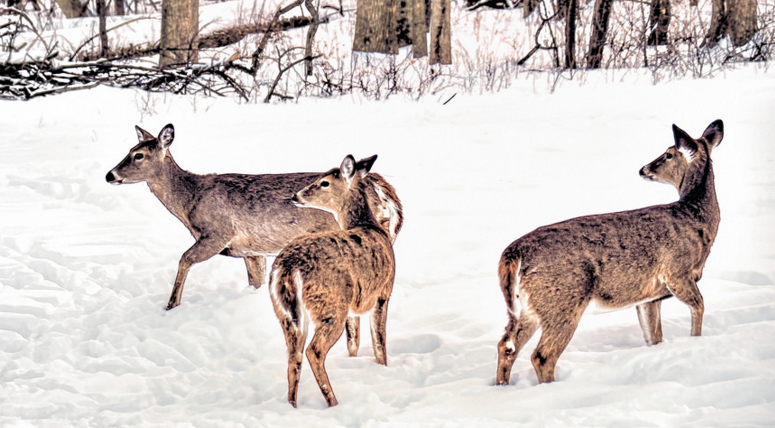
“In our two muzzleloader seasons we see an average harvest of about 63 percent female and 37 percent male,” said Gabe Jenkins, deer and elk program coordinator for the Kentucky Department of Fish and Wildlife Resources. “We have a lot of deer and our hunters need to continue to do a good job at harvesting them.”
Jenkins urged hunters to keep up with pressure on antlerless deer, especially in the Zone 1 counties, where deer populations are too high.
The late muzzleloader season is actually the older of Kentucky’s two muzzleloader seasons. First held in November, 1985, as a two-day hunt in 52 counties, hunters could take only antlered deer. At that time not all 120 counties were open to deer hunting, and the state was divided into seven deer management zones.
Through the years the late season was lengthened, the bag limit liberalized, and the season was eventually moved to mid-December.
By 2004, the late season had expanded from seven to nine days, was open statewide and hunters could take deer of either sex in all four of the state’s deer management zones.
The two-day early muzzleloader deer season debuted in 1990, and is held on the third weekend of October.
Timing of the Season
By mid-December it’s post-rut and most bucks are laying low, trying to rest up from the rigors of chasing does, breeding and fighting off other bucks trying to muscle in on their territory.
While both sexes of deer are locked in on available food sources, does are most likely to be encountered since they always occupy the best habitat.
The weather is usually cold. Snow is a possibility during the late season, so deer are out during the late afternoon, when temperatures are the warmest of the day.
This year food is scarce so deer will be forced to move more. The white oak acorn crop was poor, so look for deer foraging around red oak trees that produced acorns and brushy areas with lots of browse — tender buds on shrubs and saplings. Food plots with turnips, winter wheat or rye could also be productive places to hunt, too.
Deer Harvest with Muzzleloading Firearms
In the past decade, the deer harvest with muzzleloaders has averaged 15,358, according to harvest data posted on fw.ky.gov. Harvest has trended in a range from a high of 17,619 taken during the 2006-07 season, to a low of 13,179 bagged during the 2010-11 season. These totals are for deer taken with muzzleloaders during all firearms seasons.
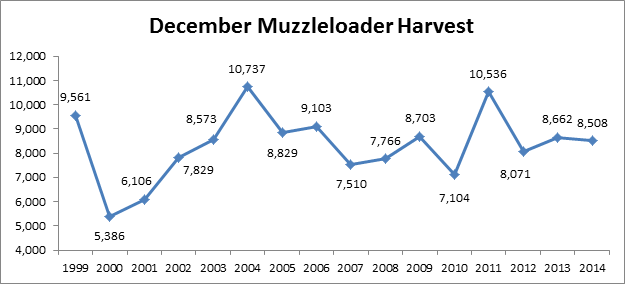
The 2004-05 deer season in Kentucky established two muzzleloading records — 10,737 for the late season, and 19,918 deer taken with muzzleloaders during all seasons.
Only three times since 1999 has the December muzzleloader harvest exceeded 9,500 deer. Last season hunters took 8,508 deer.
A Good Hunting Strategy for Traditional Muzzleloaders
One of the most successful deer hunting strategies of all time is the ambush. Lay in wait near a game trail, downwind of a bedding area, or food source, and shoot from a hidden position.
Natural ground blinds are ideal when hunting with long-barreled traditional muzzleloaders.
For more outdoors news and information, see Art Lander’s Outdoors on KyForward.
A natural blind is not a hastily taken seat in the woods, but a semi-permanent shooting position, constructed mostly from natural materials available in the forest.
A good natural blind should be camouflaged with leafy branches, so you’ll be able to avoid detection from approaching deer, and have a stout limb at the proper height to ensure a steady rest for your rifle.
A folding saw, a few lengths of rope, and a piece of discarded fence wire, is all it takes to construct a good ground blind. Build the frame for the blind from limbs or saplings, tied with pieces of rope, to a cluster of trees. Then drape the fence wire over the frame, and insert leafy branches.
Make your three-sided blind large and spacious, with enough room for one hunter to recline, while the other keeps watch, ready to shoot. In a comfortable ground blind it’s no problem to hunt all day. Take along an old blanket to put on the forest floor so you can shift position or move around without rustling the leaves. For utmost comfort, make sure you have a tree as a backrest while sitting in the blind.
Position your ground blind so that shots are under 75 yards.
Most importantly, position the blind so the sun is at your back in the morning, and the prevailing wind is in your face, so deer won’t see you as easily, or catch your scent.
You’ll find an ideal location for a natural blind somewhere in your hunting area, if you’re willing to scout, and pay attention to details.
Art Lander Jr. is outdoors editor for KyForward. He is a native Kentuckian, a graduate of Western Kentucky University and a life-long hunter, angler, gardener and nature enthusiast. He has worked as a newspaper columnist, magazine journalist and author and is a former staff writer for Kentucky Afield Magazine, editor of the annual Kentucky Hunting & Trapping Guide and Kentucky Spring Hunting Guide, and co-writer of the Kentucky Afield Outdoors newspaper column.













